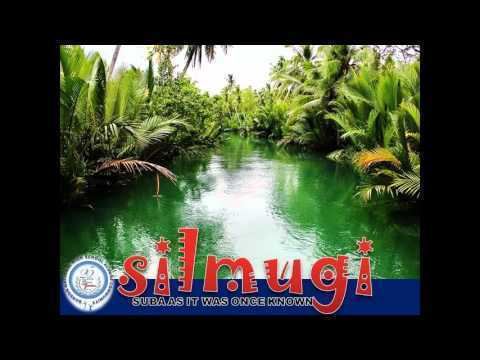Established 15 September 1862 Time zone PHT (UTC+8) | District 5th district of Cebu Barangays Area 120.9 km² | |
 | ||
Neighborhoods Cajel, Lugo, Bingay, Sagay, Bongdo Gua, Bili | ||
Organic natural hog raising ireneo noynay of tabunan borbon cebu ceblish language
Borbon is a 4th municipal income class municipality in the province of Cebu, Philippines. According to the 2015 census, it has a population of 35,526. In the 2016 electoral roll, it had 22,182 registered voters.
Contents
- Organic natural hog raising ireneo noynay of tabunan borbon cebu ceblish language
- Map of Borbon Cebu Philippines
- Trip to borbon cebu
- History
- Silmugi River
- Barangays
- Demographics
- Economy
- Silmugi Festival
- References
Map of Borbon, Cebu, Philippines
Trip to borbon cebu
History
According to the Panublion publication, Borbon was established as a parish on 15 September 1862 and had San Sebastian, martyr, as patron saint. Today, St. Sebastian's fiesta is celebrated every 20 January. Borbon was formerly a visita or an extension community of the town of Sogod. That is why many of the first settlers of Borbon were families whose roots can be traced back to relatives in Sogod.
In addition, Redondo 1886, p. 163 describes the Borbon church made of wood and tabique resting on a base of mortar, dimensions 22 1⁄2 by 7 1⁄2 fathoms (41 m × 14 m; 135 ft × 45 ft). The church was thatched with grass. The original church is believed to have been one of the oldest churches in Cebu prior to its demolition after World War II.
The Town Name was said to have been named after Bourbon in Spain or a misinterpretation of the Cebuano term "Bonbon" which means, pebbly sand, but the generally accepted history of its name is of mythological origin. During the olden days, there were two Waring tribes that inhabited the place, the King of the 1st Tribe had a son named "Bor" and the King of the other tribe had a daughter named "Bon". Legend has it that the two fell in love with each other, and despite the vehement protests of both tribal leaders, the two eventually became a couple and decided to escape from the hands of their oppressive fathers by fleeing away from the places of the tribes. Soon, the couple was found by the tribesmen as well as the leaders of both tribes, on a wet seashore, lying and embracing each other, both of them dead. From then on, the people of the place, after the unification of the tribes, named the place in memory of the tragic death of Bor and Bon, hence the place was named "Borbon".
Silmugi River
Silmugi River is an eco-tourism site in northern Cebu. Located between the barangays of Poblacion and Cadaruhan, the river stretches for about 12 kilometres (7.5 mi) between barangays Vito and Suba. It is where the rainwater from the many mountain barangays cascades and discharges into the sea.
The river played a big part during Borbon's formation as a town because in the past the river was known to be so big and wide that many boats traveled it.
Barangays
Borbon comprises 19 barangays:
Demographics
In the 2016 electoral roll, it had 22,182 registered voters, meaning that 62% of the population are aged 18 and over.
Economy
Source of livelihood:
